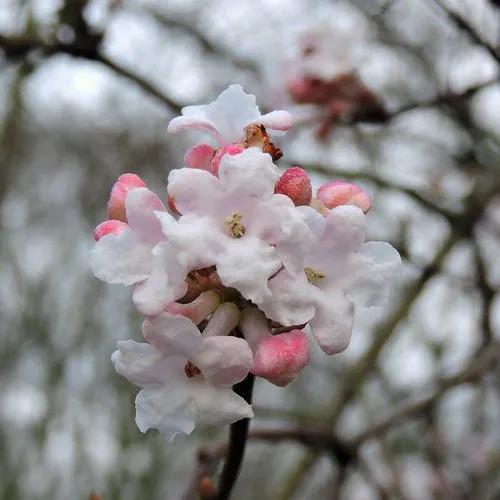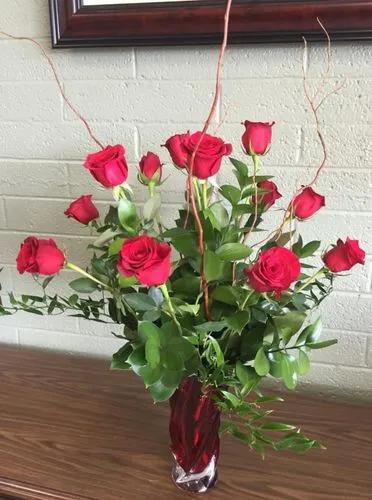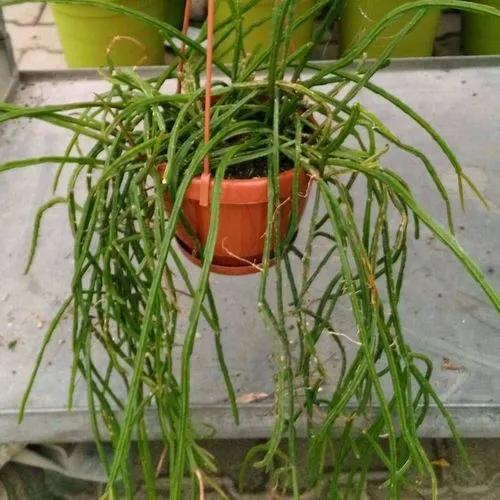Genista Lydia, better known as Lydian broom, is a compact, floriferous yellow flowering shrub. Low growing and robust, this beautiful cultivar is grown for its bright clusters of vivid yellow blossoms that flower for the whole summer.
Genista Flower Care
Genista Tinctoria



How to Care for the Plant

Water

Normal watering means that soil should be kept evenly moist and watered regularly, as conditions require. Most plants like 1 inch of water a week during the growing season, but take care not to over water. The first two years after a plant is installed, regular watering is important for establishment.

Pruning

It is necessary to prune your deciduous flowering shrub for two reasons: 1. By removing old, damaged or dead wood, you increase air flow, yielding in less disease. 2. You rejuvenate new growth which increases flower production.Pruning deciduous shrubs can be divided into 4 groups: Those that require minimal pruning (take out only dead, diseased, damaged, or crossed branches, can be done in early spring.); spring pruning (encourages vigorous, new growth which produces summer flowers - in other words, flowers appear on new wood); summer pruning after flower (after flowering, cut back shoots, and take out some of the old growth, down to the ground); suckering habit pruning (flowers appear on wood from previous year. Cut back flowered stems by 1/2, to strong growing new shoots and remove 1/2 of the flowered stems a couple of inches from the ground) Always remove dead, damaged or diseased wood first, no matter what type of pruning you are doing.

Fertilizer

Always water from below, keeping water off the foliage. This is paramount for roses. Go easy on the nitrogen fertilizer. Apply fungicides according to label directions before problem becomes severe and follow directions exactly, not missing any required treatments.

Soil

Chalk, Clay, Loam, Sand

Temperature

Temperatures between 35 and 60 degrees Fahrenheit during the autumn and winter months encourage blooming.

Additional

If you buy a broom, you should consider that this plant is unfortunately a poison - all Genista varieties contain alkaloids, therefore if you cut the broom, you should not do this without wearing gloves. Broom or genista, a genus of flowering deciduous plants in the legume family, is native to parts of Europe, North Africa and southwest Asia. The plant can grow to a height of 3-5 feet tall and produces long, flexible, bright green branches and clusters of fragrant sweet pea-like flowers in the spring.

Popularity

54 people already have this plant 12 people have added this plant to their wishlists
Discover more plants with the list below
Popular articles






